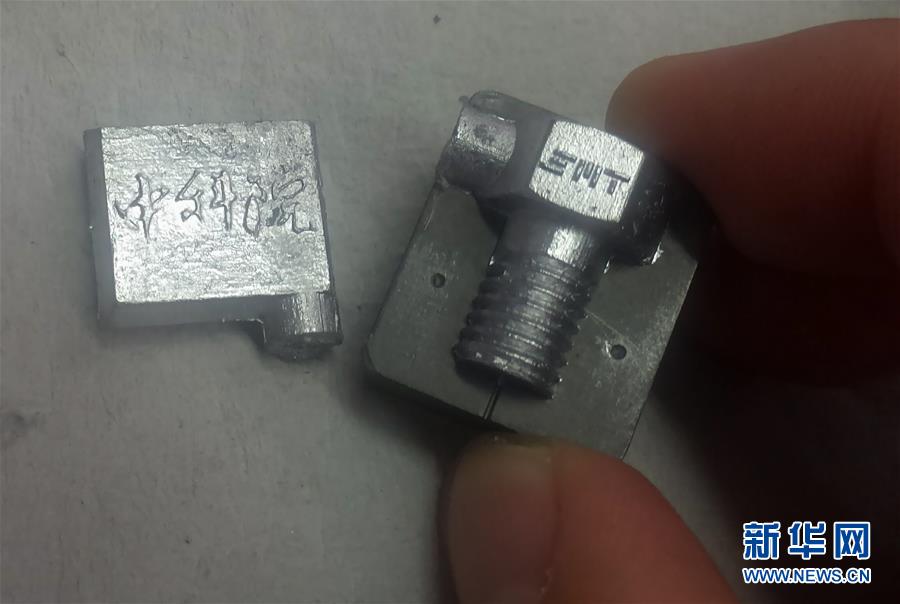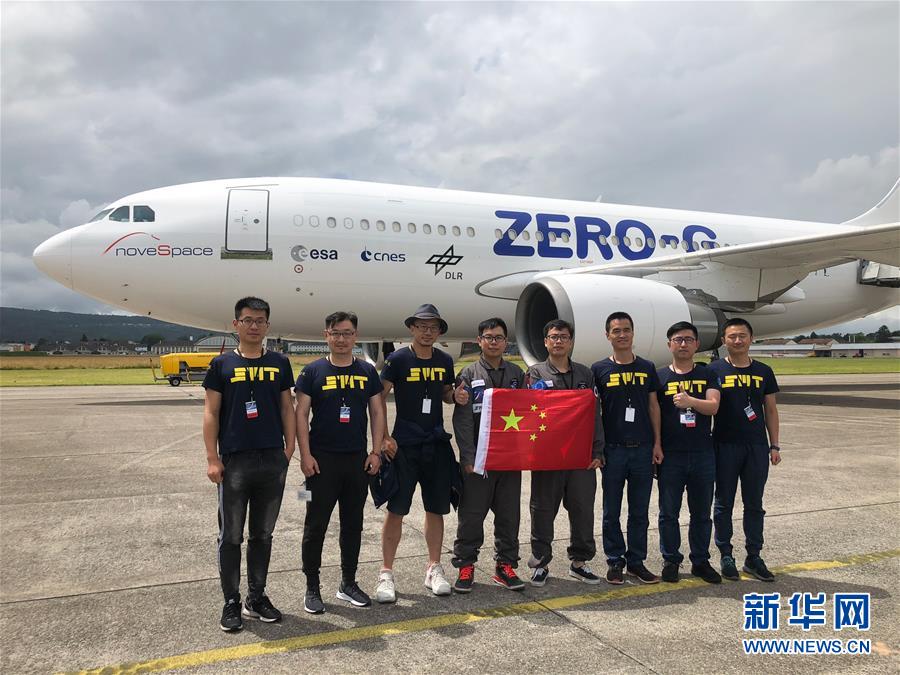Scientists at the Technology and Engineering Center for Space Utilization of the Chinese Academy of Sciences (CAS) have successfully completed an experiment to 3D print ceramic parts containing lunar dust under microgravity. Using Digital Light Processing (DLP) technology on board the Airbus ZERO-G parabolic flight aircraft run by Novespace of Switzerland. The 3D printing experiment further explores the potential of building bases on planets in outer space.
According to Wang Gong, Director of the CAS Key Laboratory of Space Manufacturing Technology, this demonstration marks the world’s first ceramic manufacturing experiment under microgravity.
“[DLP] is a widely used 3D printing technology, but it’s previously been regarded as inapplicable in a microgravity environment,” said Gong.

Lunar dust experimentation
Since predynastic times, China has shown continuous development in the art of ceramics and with its versatile properties, CSA scientists believe it will contribute to the sustainability of human life during future space operations.
With a form similar to the raw materials of ceramics, the team of scientists from CSA used dust from the moon’s surface (Lunar dust) which comprised of silicate particles at nanometer or sub-micrometer scale.
The lunar soil and regolith contained titanium, aluminum, and iron which also lead scientists to conduct metal casting techniques using 3D printed ceramic molds.
Similar to the SLA process, Digital Light Processing (DLP) uses a more conventional light source, such as an arc lamp with a liquid crystal display panel that is applied to the entire surface of the vat of photopolymer resin.
Chinese scientists mixed the lunar dust into a resin to form a paste and then solidified it using DLP technology.
“We can develop the technology to manufacture ceramic molds with the lunar dust, and then cast components by using metals in the lunar soil with the ceramic molds,” said Gong.
Overall, the team executed 28 experiments under microgravity, two experiments under lunar gravity and two under Martian gravity on the European aircraft, producing ten ceramic samples and eight metal samples, including a screw and small wrench.

From this experimentation, the team found that fine particles are difficult to control in the space manufacturing process as they float easily in a microgravity environment, however, according to Gong, they have a more accurate and smoother finish than standard filament materials.
“Both experiments are aimed at developing technologies for producing instrument components on China’s future space station, or building large telescopes in space, or exploring the Moon and Mars,” said Gong.

Additive manufacturing & outer space
Planet-based materials are becoming a popular canvas for additive manufacturing experimentation.
Demonstrating the potential to create structures using space materials, research company Fotec, part of the University of Applied Sciences in Austria, used dust from the surface of Mars to 3D print a miniature igloo and corner of a wall.
Additionally, Made In Space (MIS), an American microgravity 3D printer developer, has pioneered the process of off-earth 3D printing for high-precision metallic components for terrestrial machines using its Vulcan Hybrid Manufacturing System.
This system’s capabilities have demonstrated orbital fabrication of components containing both polymers and metals that can be applied to help astronauts in space exploration.
Andrew Rush, MIS President & CEO said, “These successful demonstrations mean that on-demand, adaptable manufacturing of complex structures in space has been significantly derisked.”
Future planet colonization
Following the manufacturing advancements within space, American business magnate, Elon Musk has proposed ambitious plans to transport more than a million people to Mars within the next century, using his aerospace manufacturer and space transportation services company, SpaceX.
With the help of 3D printing, Musk explained that cost fabrications will be significantly reduced while manufacturing of the spacecrafts will be largely streamlined during this project.
Considering the Musk’s plans, Gong added, “Elon Musk and SpaceX are developing technologies to take people to other planets, and we are developing technologies to help them survive.”
Keep up with the latest innovations in aerospace additive manufacturing as they happen. Subscribe to the 3D Printing Industry newsletter, follow us on Twitter, and like us on Facebook.
Looking for a change of pace or seeking new talent? Search and post 3D Printing Jobs for opportunities and new talent across engineering, marketing, sales and more.
Featured image shows a ceramic sample produced under microgravity. Photo via the Technology and Engineering Center for Space Utilization of the Chinese Academy of Sciences.


